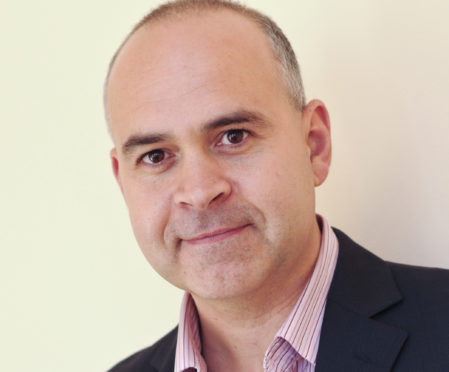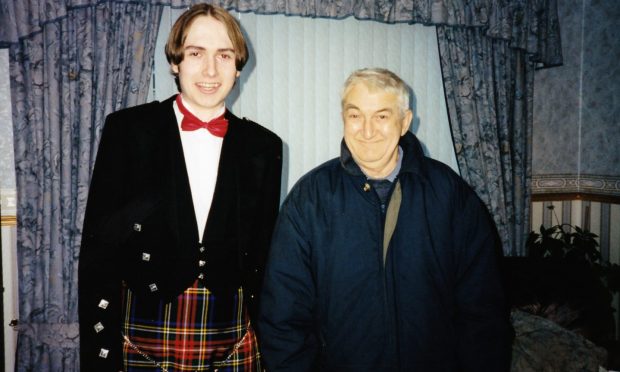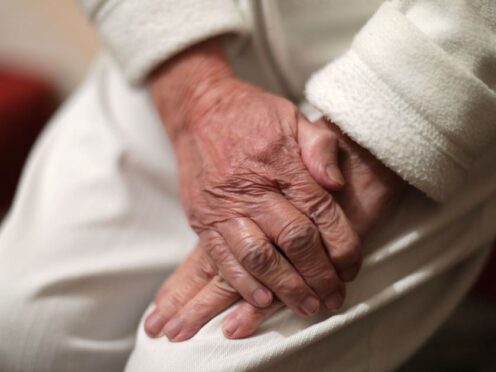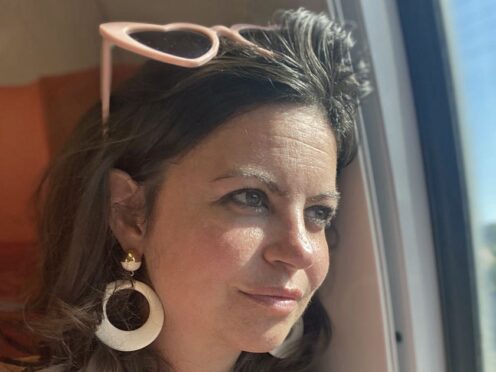When schools and universities break for summer it may seem like we have endless time ahead, but before long it’s time to get ready for the new school year.
Whilst routine for some, there are plenty of children, young adults and parents who dread the new year, especially if it involves a new school or transitioning from one level of schooling to the next.
Before looking at the challenges a new school year brings, however, let’s look at the opportunities a fresh start may present.
At their ‘old’ school, your children will be known for something such as being (ideally) a model student or slow at maths or always late for class.
As a consequence, their teachers may approach them in a certain manner, and whilst this is not always a negative there is a benefit in being given a clean slate at the beginning of a school year.
This is especially the case with children known to their teachers as ‘difficult’, be it because they were loud in class, struggle to concentrate or caused trouble during breaks.
Once your child has been labelled like this, it may be hard for their classmates and teachers to change their idea of them.
Joining a new class at a new school with a new teacher means starting again without a label.
In general, though, many parents and students associate a new school year with some degree of stress and even anxiety.
Those are often caused uncertainty and can be exacerbated by a change of school, for example.
The main reason for that is that as humans we don’t like uncertainty, and after seven years of primary school, for example, children have a very clear idea of what to expect at their school.
They know their teachers, classmates and schedule – and they know their place within their complex system of relationships.
Compared to the primary school environment, senior schools are generally much larger and busier.
This will be daunting for most S1 starters suddenly surrounded by many older children. However, schools are used to this and are equipped to help youngsters acclimatize smoothly.
As parents there are a number of things we can do to make the transition easier for kids – whether it’s simply going back to school or moving to a new school.
If you have let routines slip during the summer holidays, now is a good time to re-establish them.
Gather information on what your children’s new schedule is like and establish a suitable dinner time and bedtime.
You can apply this to getting up earlier, too, so it’s already normal when the school year starts.
Let them meet and talk to other pupils about their experiences of the new school and hopefully they will provide a friendly face they can turn to in their first few weeks of arriving.
Allow your child to make reasonable decisions about their choice of uniform or accessories so they feel a sense of involvement and ownership in both decision making and their own presentation.
Try and visit the new school ahead of the new school year: knowing how to find their way around will make a huge difference to your children’s confidence level during the first few days.
It may even be possible to meet teachers ahead of time, meaning there will be a familiar face on the first day.
Don’t just consider your children, but instead try and take a look at your own behavior. It is normal for you to be anxious about the changes ahead.
However, if you are sharing that anxiety with your children you are likely to make them more anxious as well. If you are calm and relaxed your children have a better chance of approaching their new challenges in a calm and relaxed manner also.
Most importantly, keep the lines of communication open. Find out what your child is worried about.
Once you know the source(s) of their anxiety it becomes easier to address those – whether at home or with professional help.










